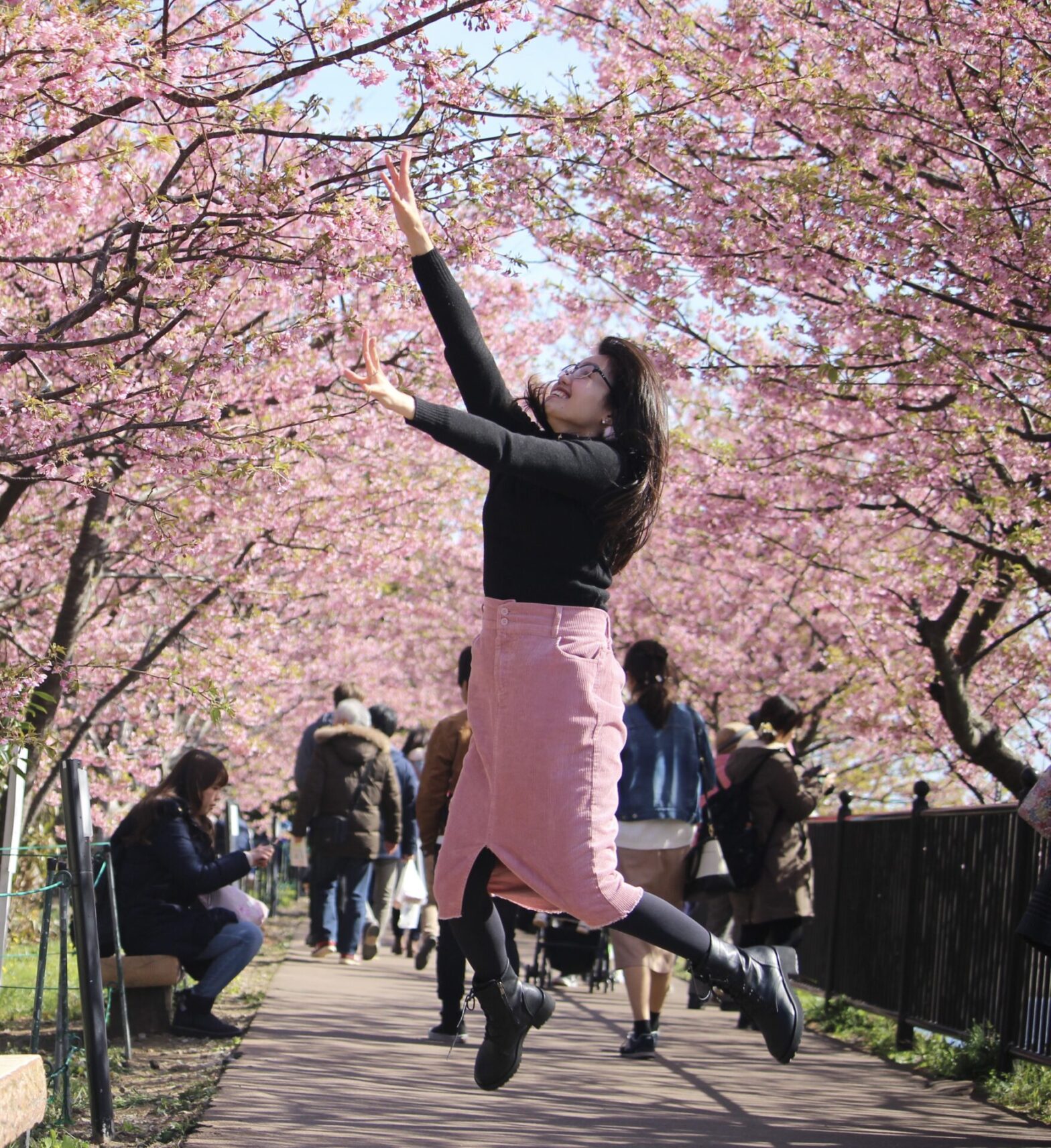In the first part of this series, we journeyed through Japan and explored some of the aspects that make this country truly admiring and remarkable. From punctuality to the warm embrace of ‘omotenashi,’ we began to scratch the surface of the countless reasons to admire Japan. Now, let’s continue our exploration and unveil even more wonders that have captivated my heart.
Vending Machines Everywhere
Japan’s fascination with vending machines is a unique feature that adds to its charm. You’ll find these handy machines at every corner, offering a delightful array of goods from hot and cold beverages to snacks, to meat, and even electronics. The convenience of instant gratification through vending machines is a testament to Japan’s efficiency and readiness to meet daily needs.
Zen Gardens, Wabi-Sabi, and Ikigai
Japan’s cultural treasures extend to the serene world of Zen gardens, the appreciation of wabi-sabi, and the quest for ikigai. Zen gardens offer moments of contemplation and tranquility, while wabi-sabi celebrates the beauty in imperfection and simplicity. Ikigai is the pursuit of one’s true purpose in life. These philosophies are integral to the essence of life in Japan.
Cherry Blossoms (Sakura)
Japan’s beauty is truly remarkable, especially during spring when cherry blossoms, or ‘sakura,’ paint the country in delicate shades of pink and white. This breathtaking display of nature signifies the transient yet captivating nature of life. People come together for hanami, a cherished tradition of gathering beneath these ephemeral blooms to celebrate life’s fleeting moments, often with picnics and festivities.
Respect for Culure and Tradition
Japanese society is deeply rooted in respect for its culture and traditions. The veneration of ancestors, the observance of festivals, and the preservation of age-old customs are integral to daily life. This respect creates a sense of continuity and connection to the past, fostering a deep appreciation for Japan’s rich heritage.
Japanese Tea Culture
Japanese tea culture, known as ‘chanoyu’ or ‘sado’, which translates to ‘Way of Tea,’ is an art form in itself. The ceremony is a harmonious blend of aesthetics, preparation, and etiquette. Every movement in the tea ceremony has profound significance, and it’s a moment of quiet contemplation and connection. From the elegant tea utensils to the peaceful setting of a traditional tearoom, this cherished practice exudes serenity and mindfulness.
Beyond the tea ceremony, it’s important to note that tea holds a special place in Japanese households. It’s as essential as water, readily available no matter where you go in Japan. This speaks volumes about the ubiquitous presence of tea and its cultural significance.
Tradition Meets Modernity
Japan artfully combines a rich tapestry of tradition and modernity, resulting in a harmonious coexistence that’s beautifully reflected in its architectural landscape. On one side, you’ll find the enduring grace of historic temples and castles, such as Kyoto’s resplendent Kinkaku-ji (Golden Pavilion) and the magnificent Himeji Castle. While I haven’t had the chance to visit Himeji Castle yet, its renowned beauty is on my list for future exploration, as it looks majestic in pictures. On the other side, Tokyo’s skyline boasts futuristic skyscrapers and architectural marvels of contemporary design. Whether you seek the tranquility of ancient shrines or marvel at the creativity of modern structures, Japan’s architectural diversity is truly remarkable.
In Part 1, we explored punctuality, ‘omotenashi,’ and some remarkable cultural norms. In Part 2, we’ve ventured into the realm of natural beauty, architectural elegance, the art of tea, the convenience of vending machines, and the essence of life in Zen gardens, wabi-sabi, and ikigai. As we conclude this post, stay tuned for even more captivating facets of this incredible nation.

1 Comment